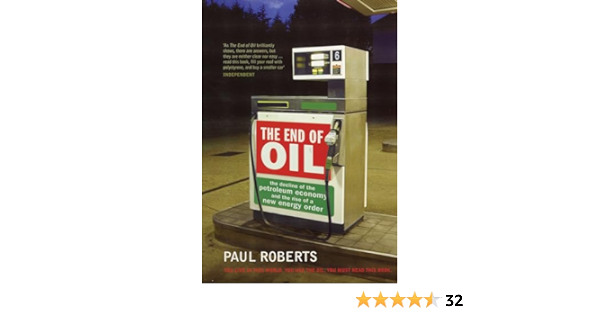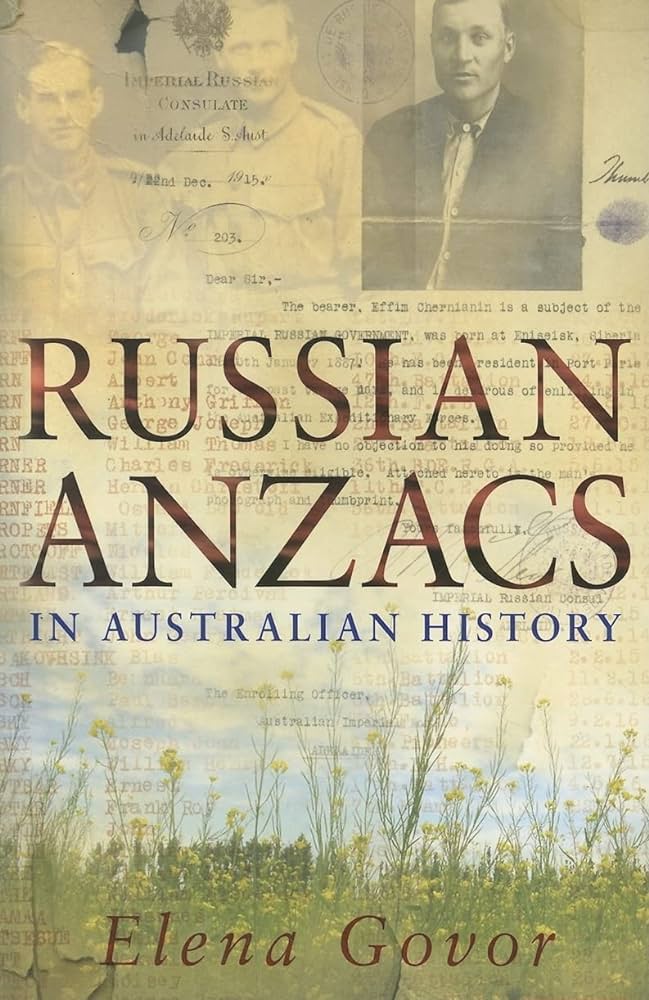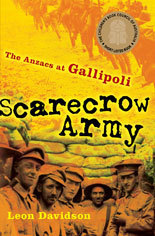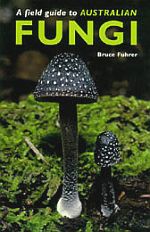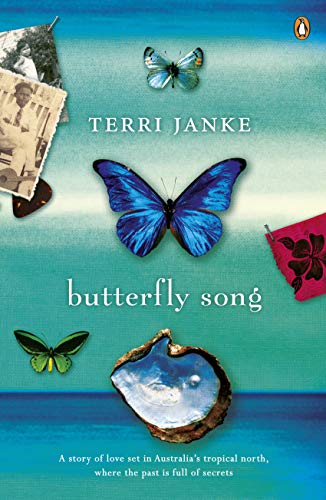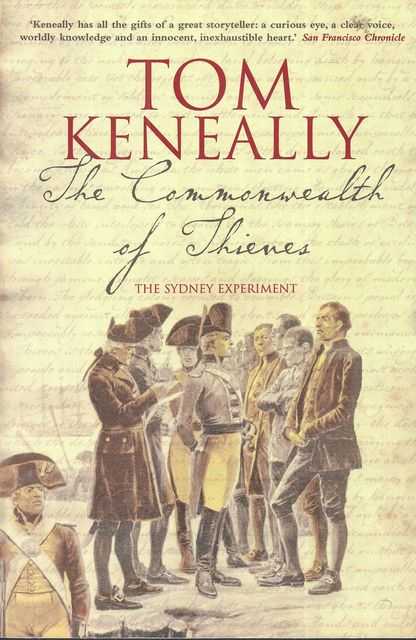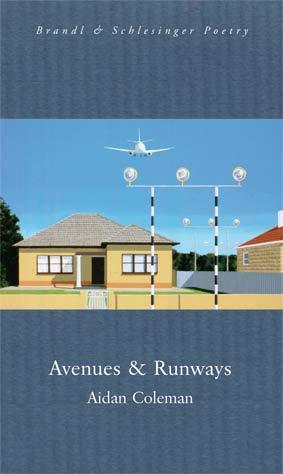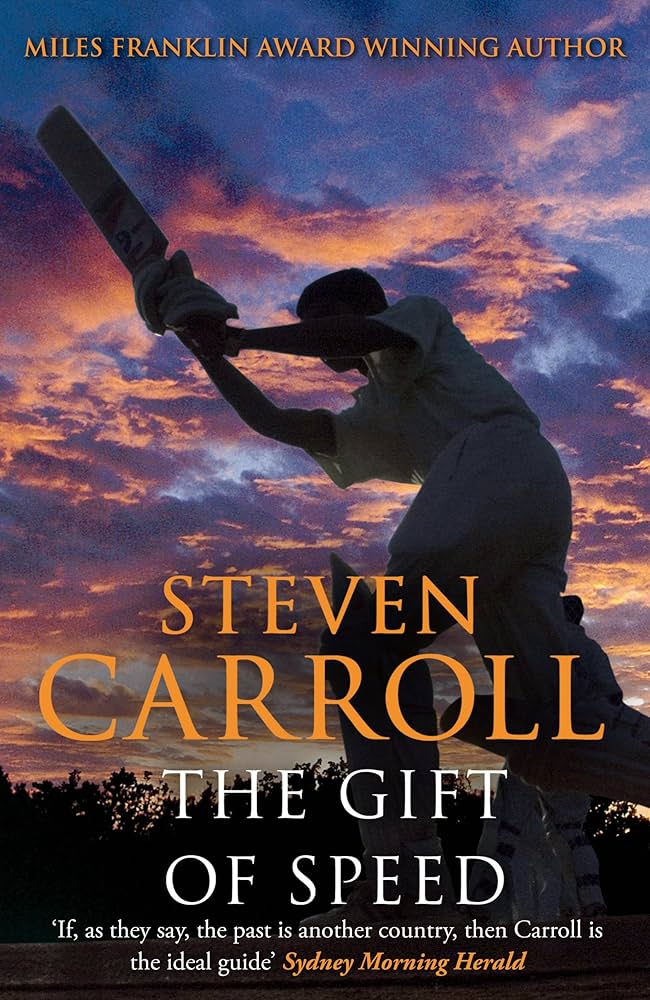Review
Rivkin Unauthorised: The meteoric rise and tragic fall of an unorthodox money man by Andrew Main
by Philip Clark •
Cultural Studies Review edited by Chris Healy & Stephen Muecke & Australian Historical Studies edited by Joy Damousi
by Melinda Harvey •
Scarecrow Army by Leon Davidson & Animal Heroes by Anthony Hill
by Margaret MacNabb •
The Commonwealth of Thieves: The Sydney experiment by Tom Keneally
by Alan Atkinson •
Avenues & Runways by Aidan Coleman & Throwing Stones at the Sun by Cameron Lowe
by Martin Duwell •

